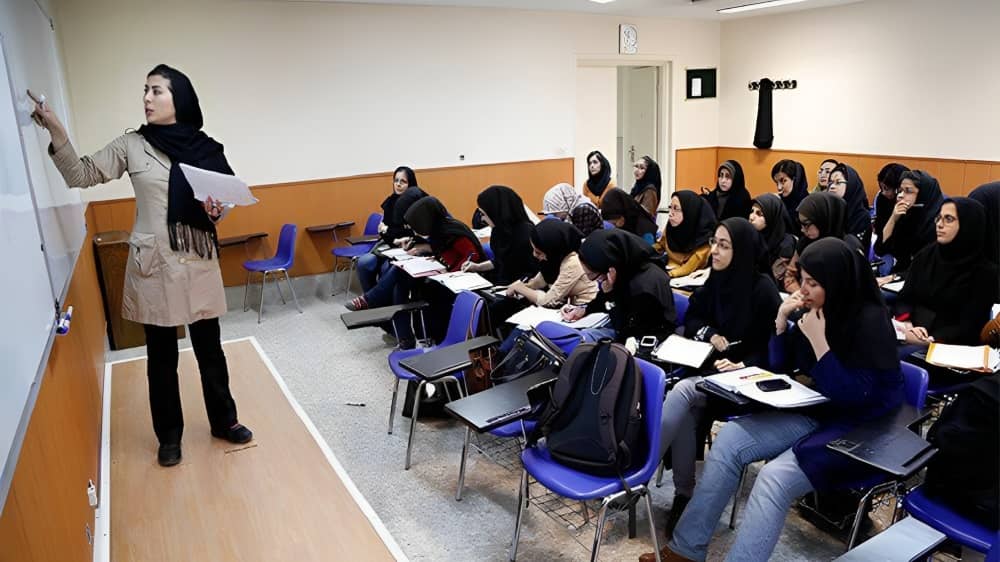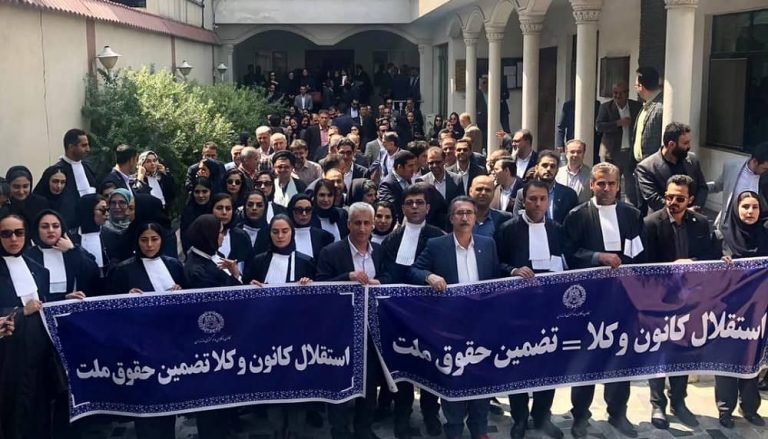
This substantial removal of seasoned educators was disclosed by the state-run “Etemad” newspaper on October 12.To fill the sudden void in faculty, the university has introduced 20,000 doctoral students who are currently in their early semesters at Azad. These students, after completing a 40-hour educational program termed “Schooling,” have taken on teaching roles. In return, they’re anticipated to receive scholarships and a deduction in their tuition fees.
This move by the university’s president aligns with a broader trend where the clerical regime has expelled numerous professors and educational staff from Iranian universities. Many of these educators were perceived as empathetic toward student protests during the 2022 nationwide uprising.
The repercussions of this decision are profound. A considerable number of the dismissed professors are now unemployed, without immediate prospects for other opportunities. Given the years, some spanning decades, they’ve dedicated to teaching at Azad University, many surpass the age bracket acceptable for academic employment in other universities or government institutions.
For decades, the clerical regime has been using security forces in #Iran's academia to quell dissent and eliminate intellectual movements. This writing explains if it has or will succeed. https://t.co/4aA0zkjZ19
— NCRI-FAC (@iran_policy) July 22, 2023
A clause in the Azad University’s 2018 directive may shed light on the underlying reasons for this mass dismissal. It reads, “If an associate professor loses the general teaching conditions, the university’s academic affairs will proceed to revoke the allocated teaching ID.”
Prospective educators at Azad University undergo a stringent pre-approval process. As per the university’s 2021 announcement, while “specific conditions” relate to educational background, “general conditions” encompass a range of criteria: from avoiding opposition to the Islamic Republic of Iran to a clear commitment to the state’s leadership. Explicitly, male candidates should not have any conflicts with the public duty system.
These guidelines, coupled with the targeted ousting of rebellious students and disgruntled professors, epitomize the ideological and political cleansing by the clerical regime. The discontent within the academic community is palpable.

Yet, each protest has signified the regime’s inability to fully achieve this. With the recent changes at Azad University, skepticism remains about whether a mere 40-hour course and financial incentives can indeed manufacture allegiance among the newly-instated professors.

MEK Iran (follow us on Twitter and Facebook), Maryam Rajavi’s on her site, Twitter & Facebook, NCRI (Twitter & Facebook), and People’s Mojahedin Organization of Iran – MEK IRAN – YouTu







